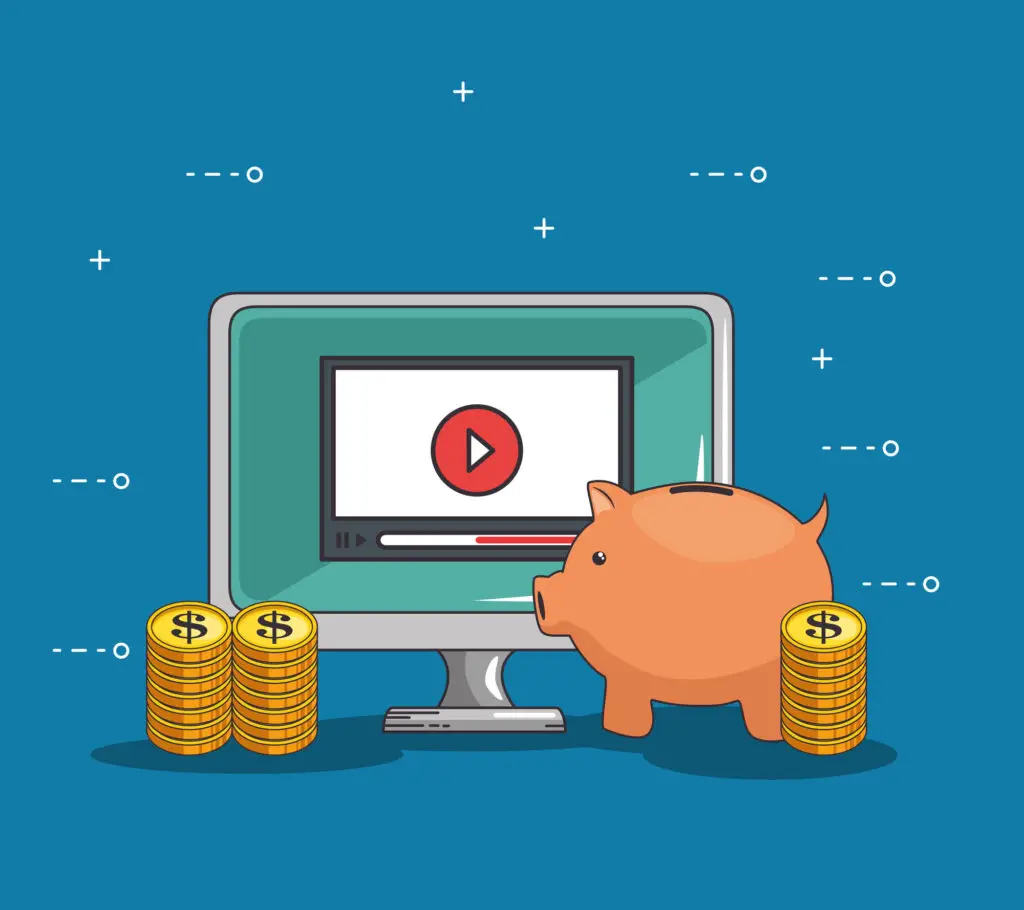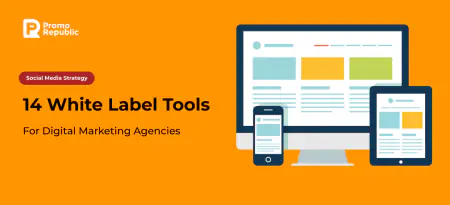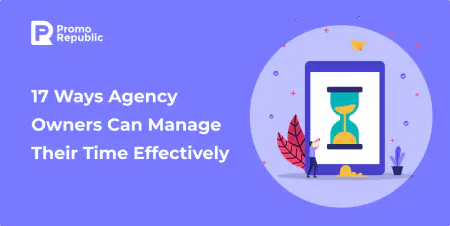How the Best Digital Marketing Agencies Prove ROI to Clients

Content writer and blog editor at PromoRepublic
Perhaps this is one of the main challenges for a marketing agency — proving the ROI of marketing campaigns to the client. 81% of B2B marketers have significant difficulty demonstrating measurable ROI.
The customer wants to be one hundred percent sure that their money is not being wasted and is definitely paying off. So it makes sense that you should find the best possible method to demonstrate the return on your marketing investment clearly. By doing so, not only can you better understand your campaigns and their strengths and weaknesses, but you can also retain your existing client and attract a new one in the future.
So let’s figure out exactly how you should prove ROI to a client. But first, let’s find out what ROI is all about.
The meaning of ROI
ROI is a measure of return on investment. Its value is calculated as a percentage. If the figure is higher than 100%, the investment is profitable, and if it is lower than 100%, it is unprofitable.
Return on investment is counted in many areas: in business, in real estate transactions, when launching advertising campaigns, and so on. The coefficient shows the feasibility of investing money in the project. In the case of marketing, ROI helps determine the effectiveness of measures in terms of increased sales.
Source: https://theonlineadvertisingguide.com/ad-calculators/roi-calculator/
Meanwhile, when we talk about marketing, we must keep in mind that ROI is counted differently for each channel because the metrics are often varied.
ROI in marketing is used to calculate the feasibility of investing in a particular marketing channel.
In this case, ROI looks like this:
ROI = ((Profit from using the channel — Marketing expenses) / Marketing expenses) x 100%
This formula can be used under ideal conditions when we use only one marketing channel for a certain period.
Now that we understand what ROI is, we can move directly to how to prove it to your clients.
Define KPIs
Before launching any marketing campaign, you should define your KPIs. They are the first thing your client will use to judge its success, and you will use them to prove it. Sometimes the client knows your KPIs in advance and may even set them on their own. There are also cases when you need to choose them together with the client. Not all KPIs will be taken into account in the final ROI calculation. However, they are all related to each other, and your job is to mention them, among other things.
Determine your client’s marketing expenses
Determine how much your client spends on marketing activities. How is that money allocated? These costs may include:
- Media activities
- Print costs and creative activities
- Software and staff expenses
These are the most common costs. Depending on the type of company, there may be many other categories of expenses. In order to accurately determine the future ROI, you need to have a complete picture of the situation. For example, you need to determine the total amount of money needed for a given campaign and a cost breakdown for each item. According to this, you will explain the ROI for the whole campaign as well as for each individual activity and tactic. This way, you can argue which activities you don’t need and which you should develop further.
Determine the ROI threshold
By this point, we mean the minimum expected return on your marketing campaign. Around this amount, you can build further work with the client by adjusting any campaigns that don’t reach this threshold. First, it is best to determine the standard ROI threshold and the amount you would like to achieve in an ideal scenario. This point is very important so that the client’s expectations are realistic. Based on this, you will also be able to discuss with them the possibility of increasing the budget for future campaigns.
Determine the projected CLV for each marketing channel
Customer lifetime value is a prediction of the net revenue associated with all future customer relationships. CLV can also be described as the monetary value of the customer relationship based on the current size of apparent future cash flows from the customer relationship. This is a very important concept because it encourages companies to shift their focus from quarterly revenues to long-term healthy relationships with their customers. It also represents an upper threshold for the cost of acquiring new customers. And this metric is often ignored by business owners, treating one sale as the total amount received from a customer. This is the wrong approach because it implies that customers are “disposable.” But if you develop a relationship with your audience, the first sale will be followed by others. And your job is to communicate this to your client.
Gather all the data in an ROI dashboard
Collect all of the above data in a single dashboard. Determine how complex your marketing campaign is. Based on that conclusion, you can either make separate dashboards for each campaign or one in which you collect them all. Give your client access to the dashboard. That way, they can make sure everything goes according to plan at any time.
Measure the ROI of each activity
Measuring the ROI of each individual tactic is just as important as measuring the entire ROI at once. This can include SMM, email marketing, SEO, etc. By evaluating each tactic individually, you can find the ones that don’t pay off their investment and the ones that work best for you. In addition, this way, you can prove to your client that it is much more profitable to invest in several tactics than to choose only one.
Use specialized software
Of course, it is impossible to evaluate and collect all data manually. That is why we advise you to use additional resources. Usually, such software helps to solve a lot of problems — from collecting data on visits to specific pages on your website to the ROI of each individual activity. Start with Google Analytics (it is, after all, the most important must-have tool in your work), and choose more advanced software based on your specific needs.
The ROI of an entire campaign and its individual tactics is just one way to prove your effectiveness. Build a transparent relationship with your client and allow them to be kept in the loop, so they not only understand what you’re doing but why and what the outcome will be. That way, you can better prove to them the ROI of your marketing campaign.
But remember, at the end of the day, this effectiveness depends first and foremost on your performance. Good luck!








